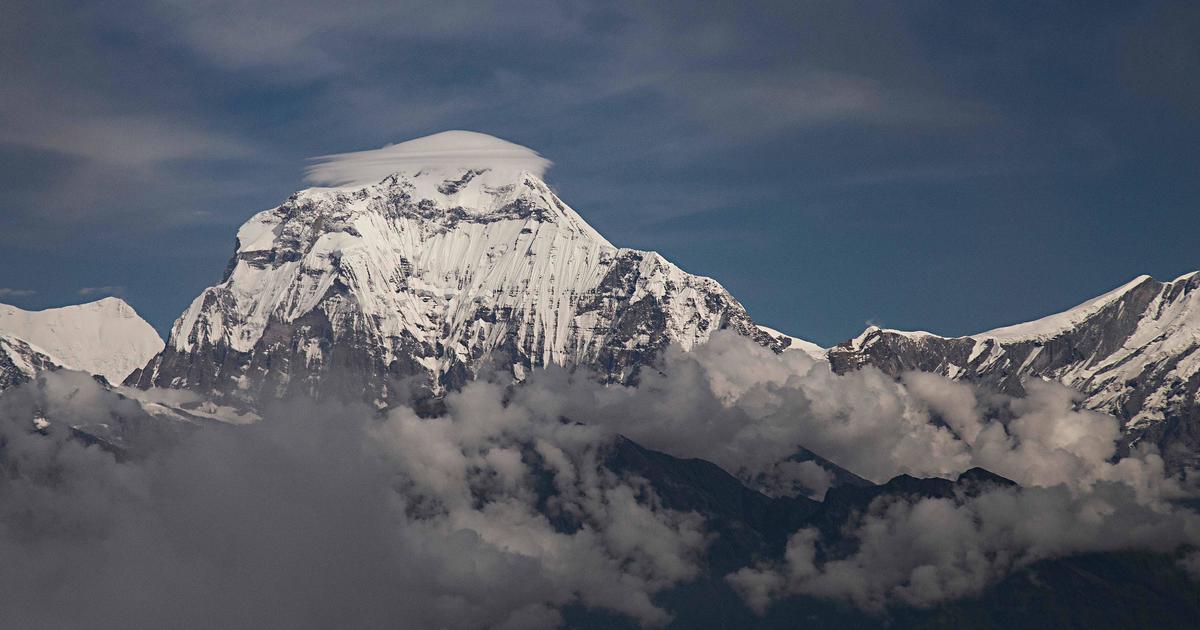The recent tragedy on Mount Dhaulagiri, where five Russian mountaineers perished after apparently falling during their climb, underscores the inherent risks associated with high-altitude mountaineering. This incident, occurring during Nepal’s autumn climbing season, highlights not only the unpredictable nature of mountain conditions but also the significant challenges involved in rescue and recovery operations at such extreme elevations. The loss of life serves as a sobering reminder of the respect and preparedness required when undertaking expeditions on some of the world’s most formidable peaks. While the autumn season offers lower permit fees and fewer crowds, it doesn’t diminish the dangers; in fact, the combination of unpredictable weather and potentially less-maintained routes can increase the risk. The incident follows other recent climbing fatalities in the Alps, suggesting a pattern that demands attention to safety protocols and preparedness at all altitudes. This article will delve deeper into the details of the Dhaulagiri tragedy, exploring the challenges of high-altitude rescues and the inherent dangers of mountaineering.
The Dhaulagiri Tragedy: Loss of Five Russian Climbers
The five Russian mountaineers lost their lives on Mount Dhaulagiri, the world’s seventh-highest peak, after seemingly falling during their ascent. The incident occurred during Nepal’s autumn climbing season, a period known for its less crowded conditions but equally treacherous environment. The climbers were reported missing on Sunday before a rescue helicopter located their bodies on Tuesday. The discovery was made by Pemba Jangbu Sherpa of IAM Trekking and Expeditions based in Kathmandu. This tragic event brought to light the unpredictable nature of mountaineering, even for experienced climbers. Two of the climbers had successfully reached the summit before tragedy struck. The precise circumstances of the fall remain unclear, pending further investigation, emphasizing the need for detailed post-incident analysis to prevent future tragedies.
Challenges of High-Altitude Recovery
The recovery of the bodies presents significant logistical hurdles. Retrieving the bodies from such a high-altitude location requires extensive planning, considerable manpower, and specialized equipment, making it a complex and potentially dangerous undertaking. The remote location and challenging terrain increase the difficulty of the operation, further highlighting the profound respect that should be shown for such hazardous environments. Furthermore, adverse weather conditions could complicate retrieval efforts, potentially delaying the process and necessitating greater resource allocation. The decision on whether or not to recover the bodies will involve a careful assessment of feasibility and safety considerations.
The Risks of Autumn Mountaineering
Nepal’s autumn climbing season, while less crowded than spring, presents unique challenges. Although permit fees are lower, and the reduced number of climbers might initially seem alluring, the conditions can be unpredictable and potentially more hazardous than in spring. This unpredictability can stem from weather patterns specific to the autumn season or other environmental factors. Reduced resources from fewer expedition support teams can make it harder to help people during an emergency. This season demands extensive preparation and heightened awareness of risks from unpredictable weather and terrain conditions.
Comparing Autumn and Spring Seasons
The choice of climbing season significantly impacts the experience and risk profile of a mountaineering expedition. The spring season is characterized by generally more stable weather, greater logistical support from established infrastructure and other climbing expeditions, and generally easier access to assistance. On the other hand, autumn has far fewer available resources making every trip more potentially life-threatening.
Lessons Learned and Safety Considerations
The Dhaulagiri tragedy underscores the critical need for meticulous planning, thorough risk assessment, and robust safety protocols in high-altitude mountaineering. Regular communication is critical in such expeditions to enable timely responses in emergencies. Adequate preparation, the choice of climbing partners, and a solid understanding of the environment are also crucial considerations for climbers tackling treacherous conditions. The tragedy also brings to attention the limited access to communication technology in remote areas, which can create a critical vulnerability in emergencies. Regular weather updates are also necessary to navigate risky areas before serious injuries occur.
Improving Safety Protocols
Moving forward, improving safety protocols and access to resources for all climbers in mountainous regions needs a thorough evaluation of all previous tragedies. All climbers, agencies, and guiding services, need to review all current training and equipment procedures to minimize the chances of serious risks in the future.
Recent Climbing Fatalities: A Growing Concern
The Dhaulagiri incident follows a string of recent fatal climbing accidents in the Alps. This pattern points to a growing need for stricter safety regulations and improved risk management practices across various mountainous regions. The number of people seriously injured during high-altitude climbing demands a higher degree of safety from various organizations, both in providing more resources to adventurers and to educating new adventurers of potential risks. Analyzing these accidents can potentially identify common contributing factors and pave the way for improvements to the safety and support systems available to climbers.
Addressing The Issue
The recent incidents are an opportunity to identify flaws in our systems that allow accidents to take place so often, and create change. We must examine better training of new climbers and to regularly assess and update safety equipment to better equip future climbers to survive such hazardous climbs.
Take Away Points:
- High-altitude mountaineering carries inherent risks, regardless of the climbing season.
- Autumn climbing, while less crowded, presents unique challenges and potential dangers.
- Thorough planning, robust safety protocols, and effective communication are crucial for successful and safe expeditions.
- The recent fatalities highlight the need for improved safety measures and increased support systems in mountaineering.
- Regular reviews and updates are vital to improving safety procedures and equipment for climbing adventures at all elevations.




